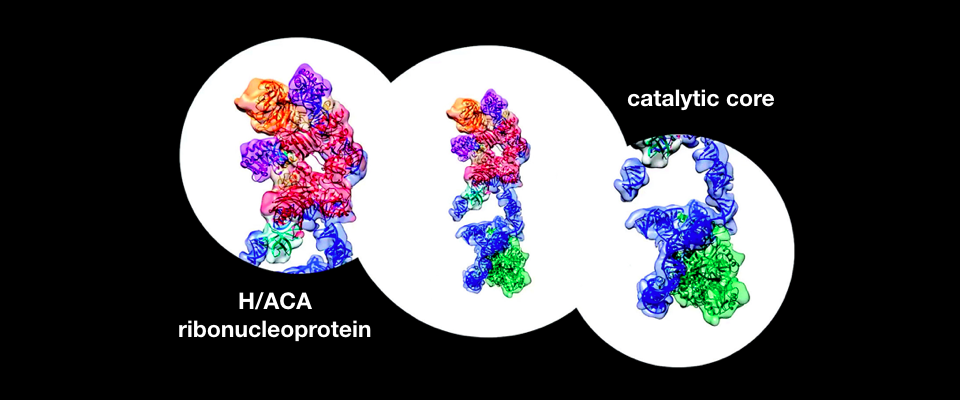The Breakthrough
Researchers at Berkeley have produced the first detailed picture of the molecular structure of human telomerase, an enzyme that plays key roles in both the repair of aging cells and the endless cellular rejuvenation typical of cancers. Berkeley biology professors Kathleen Collins and Eva Nogales published their discovery, complete with 3D images, in the journal Nature in April.
The Background
The role of telomerase was first discovered in 1985 by Berkeley scientists Elizabeth Blackburn and Carol Greider, who shared the 2009 Nobel Prize in Physiology or Medicine for their work. Because telomerase restores DNA to the ends of chromosomes, repairing age-related chromosomal fraying and extending the life span of cells, the discovery raised hopes of finding new treatments for cancer and aging. But the promise of a telomerase-based fountain of youth or cancer cure has been stymied by the inability to accurately map the enzyme’s molecular structure.

What it Means
In general, Collins thinks telomerase therapies “could extend health span, if not life span,” addressing issues “where poor cell renewal reduces the quality of life”—things like vision degradation and the poor healing of wounds.
The therapies could have a more immediate effect on people with low telomerase levels due to a condition called dyskeratosis congenita, which greatly reduces life span. In 1999, Kathleen Collins discovered telomerase deficiency as a basis of dyskeratosis congenita. The finding brought accolades but also anguished emails from sufferers and their families, who asked for help that was not yet available.
“It was heartbreaking,” Collins said.
Now, she thinks we may be “able to offer those therapies within a generation.”
Next Steps
Collins and Nogales, along with postdoctoral fellow Thi Hoang Duong “Kelly” Nguyen will continue using cryoelectron microscopy to improve the resolution of the imaging, from the current 7 to 8 Ångstroms to 3 or 4 Ångstroms. “It’s basically double the resolution, and will require probably ten times the work,” Nogales said.
Nguyen is also working on the bigger picture, studying the enzyme’s interactions with specific regions of the chromosome.
The Takeaway
Knowing the molecular structure of telomerase should make research on therapies more productive. “I think this brings the entire field to a point where we can stop arguing about the things we’ve argued about for 20 years and move on,” says Collins.
Eva Nogales agrees that visualization will guide research in more targeted and clever ways. “We are visual animals, and putting this structure into a visual format is very inspiring….We can now see something that we were pursuing more blindly.”





















